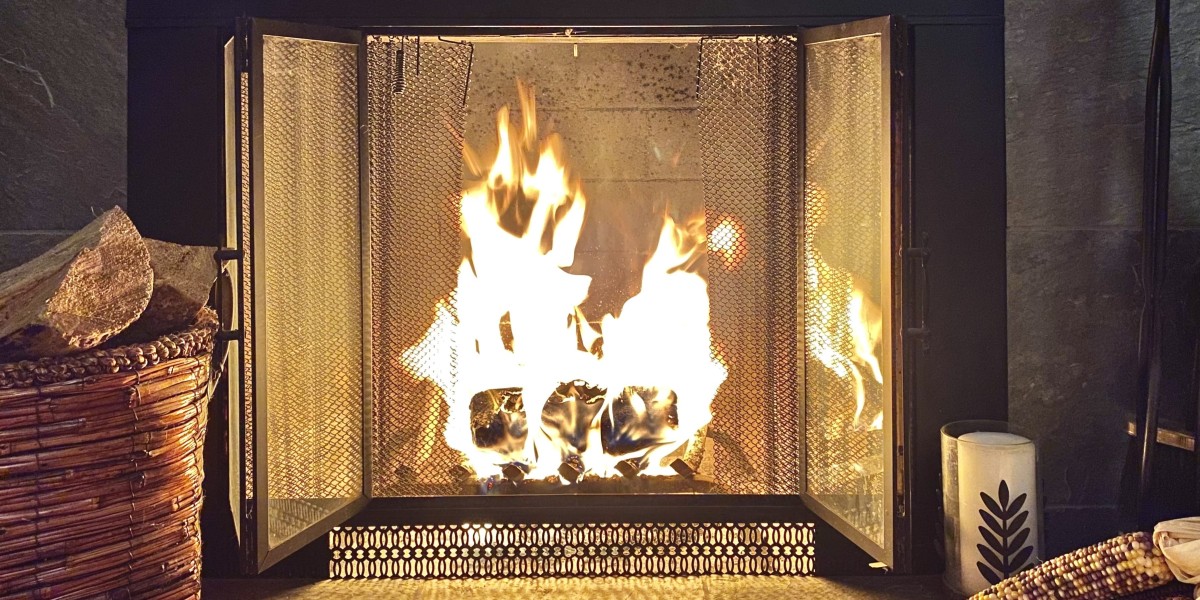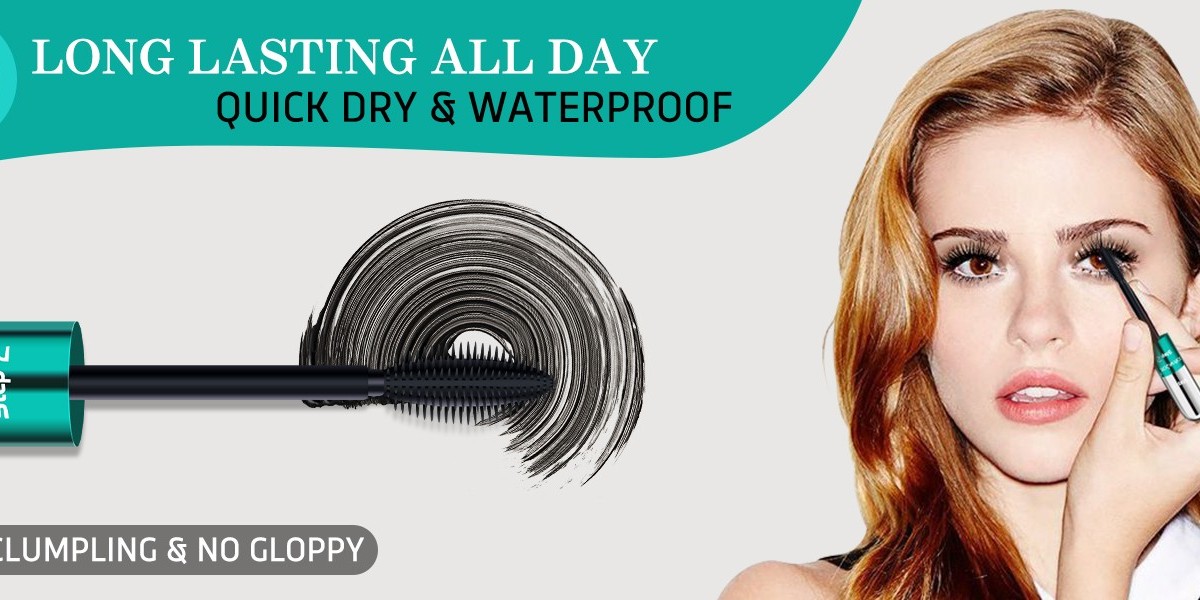In today’s competitive food industry, it takes more than just a great product to stand out. Packaging plays a pivotal role in shaping consumer perceptions, influencing purchasing decisions, and enhancing brand recognition. Custom food packaging has emerged as a strategic tool for businesses of all sizes—from gourmet startups to global franchises—offering a powerful blend of functionality, aesthetic appeal, and marketing potential.
What is Custom Food Packaging?
Custom food packaging refers to tailored packaging solutions designed specifically to meet the unique needs of a brand or product. Unlike generic or stock packaging, custom packaging incorporates brand elements such as logos, colors, materials, designs, and even shapes, creating a distinctive and memorable customer experience.
From eco-friendly takeout containers and biodegradable wrappers to luxurious gift boxes and vacuum-sealed pouches, custom food packaging encompasses a wide range of options for various types of food products—frozen, fresh, dry, liquid, or baked.
The Importance of Custom Food Packaging
1. Brand Recognition and Identity
Custom food packaging is an extension of your brand. It tells your story before the customer even tastes your food. Bold graphics, unique typography, and consistent branding elements across your packaging can establish a strong visual identity that makes your products instantly recognizable on shelves or in delivery bags. For example, think of how instantly you recognize a Starbucks cup or a McDonald's fries box—custom packaging makes that possible.
2. Improved Customer Experience
A thoughtfully designed package can turn an ordinary meal into an experience. Whether it’s a sleek reusable container for a high-end meal kit or a fun, interactive box for kids’ meals, packaging adds emotional and practical value. Small touches like thank-you notes, QR codes linking to recipes, or compartments for sauces can delight customers and increase brand loyalty.
3. Protection and Preservation
Food products require packaging that protects against contamination, temperature fluctuations, moisture, and spoilage. Custom solutions can be engineered with the right materials and structures to extend shelf life and preserve freshness, all while maintaining brand integrity. For instance, a bakery might use custom printed greaseproof paper, while a frozen food company might need vacuum-sealed, branded plastic pouches.
4. Sustainability and Compliance
As environmental concerns rise, businesses are under increasing pressure to adopt sustainable practices. Custom food packaging can be designed with biodegradable, recyclable, or compostable materials, helping businesses meet eco-conscious consumer demands and comply with regional packaging regulations. Custom designs also allow for educational messaging about how to dispose of the packaging responsibly.
5. Marketing and Storytelling
Custom packaging is a mobile billboard. It travels with the product, often into customers' homes, cars, offices, or social media feeds. Brands can use this space to share their mission, values, sourcing information, or promotions. Limited-edition designs, seasonal themes, and influencer collaborations are all made possible through flexible custom packaging solutions.
Types of Custom Food Packaging
Custom food packaging spans a wide array of product types, including:
Custom Boxes: Ideal for meal kits, baked goods, or takeout. Often feature corrugated cardboard for durability and full-color printing.
Flexible Pouches: Great for snacks, frozen foods, and sauces. Lightweight and easy to brand.
Labels and Sleeves: A cost-effective way to brand existing containers.
Glass and Plastic Jars: Suitable for preserves, jams, and gourmet items.
Eco-Friendly Containers: Biodegradable trays, paper wraps, and compostable cups are increasingly popular.
Printed Bags and Wrappers: Common for fast food, sandwiches, and baked goods.
Designing Effective Custom Food Packaging
Creating impactful custom food packaging involves a strategic blend of design, functionality, and market understanding. Here are key considerations:
1. Understand Your Audience
Design packaging that resonates with your target demographic. Millennials might appreciate minimalist, Instagram-worthy designs, while families may prefer colorful, durable containers.
2. Prioritize Functionality
No matter how attractive your packaging is, it must serve its primary purpose: to protect and preserve the food. Consider tamper-evidence, resealability, insulation, and microwave or freezer compatibility.
3. Use Quality Materials
Investing in quality packaging materials reflects positively on your brand. Cheap, flimsy packaging can undermine the perceived value of your product.
4. Maintain Brand Consistency
Ensure your packaging aligns with the overall look and feel of your brand. This includes consistent use of color palettes, typography, and messaging.
5. Incorporate Interactive Elements
QR codes, augmented reality features, or social media hashtags can turn your packaging into an engagement tool, encouraging repeat purchases and brand interaction.
Trends in Custom Food Packaging
The food packaging industry is rapidly evolving. Here are some key trends shaping the future of custom food packaging:
Sustainable Materials: Use of bamboo, plant-based plastics, and compostable paper.
Minimalist Design: Clean, simple aesthetics with bold typography.
Smart Packaging: Integration of sensors or digital labels to indicate freshness or provide information.
Personalization: Custom names, messages, or packaging variations based on customer preferences.
Subscription-Ready Packaging: Compact, branded boxes tailored for recurring meal kit and snack services.
The ROI of Custom Packaging
While custom food packaging may require a higher upfront investment than generic alternatives, the long-term benefits often outweigh the costs. These include:
Higher brand loyalty and customer retention.
Increased product visibility and word-of-mouth referrals.
Greater perceived product value.
Reduced product damage and waste.
Enhanced marketing opportunities.
Conclusion
Custom food packaging is more than just a protective layer—it’s a branding powerhouse, a marketing tool, and a crucial element of the customer experience. As consumers become more discerning and values-driven, businesses that invest in innovative, high-quality, and sustainable packaging are better positioned to thrive.
Whether you’re launching a new product or rebranding an existing line, custom food packaging offers the flexibility and impact you need to differentiate in a crowded marketplace. It's an investment not just in how your product looks, but in how your brand is remembered.








